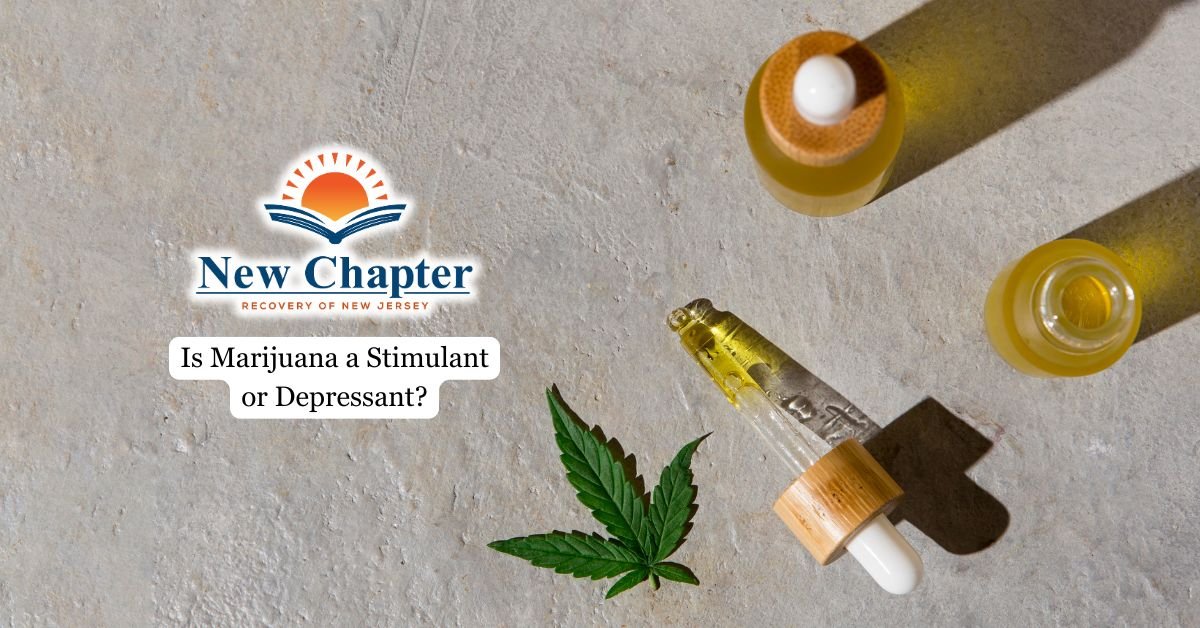Inpatient programs typically require a greater financial commitment due to their intensive care and structured environment, while outpatient programs offer a more flexible and cost-effective alternative.
Beyond the base cost of treatment, individuals should also consider additional expenses such as therapy sessions, medications, and aftercare support. Understanding these factors helps create a clearer picture of the overall investment in rehab and allows for better financial planning.

Factors Affecting Drug Rehab Costs
The cost of drug rehab can vary significantly depending on several key factors. One of the primary factors is the type of treatment program. Inpatient rehab programs, which provide 24/7 medical supervision and a comprehensive range of services, tend to be more expensive than outpatient programs, which offer more flexibility and fewer amenities. The length of stay in a rehab program can also impact the overall cost. Longer stays typically result in higher costs, as they require more resources and services.
The type of treatment program chosen, whether inpatient or outpatient, will also impact the overall cost. Additionally, an individual’s addiction history and the level of care required can affect pricing, with more severe addictions or specialized care potentially leading to higher expenses.
Another significant factor affecting the cost of drug rehab is the location of the facility. Rehab centers located in urban areas or popular tourist destinations often have higher costs compared to those in rural areas. This is due to the higher cost of living, real estate, and staffing in these locations. Furthermore, the amenities and services offered by the rehab center can also influence the cost. Luxury rehab centers that offer high-end amenities such as private rooms, gourmet meals, and recreational activities tend to be more expensive than standard facilities.
Types of Drug Rehab Programs
When exploring drug rehab programs, you’ll encounter a variety of options designed to address different levels of care and treatment requirements.
Inpatient programs offer intensive residential treatment round the clock and typically range in cost from $5,000 to $40,000+ for a 30-day duration.
Conversely, outpatient programs provide flexibility and can cost between $1,400 and $10,000 for a 30-day period, allowing individuals to reside at home while participating in therapy sessions.
Medical detox, which may be a prerequisite before entering rehab, can range from $250 to $800 per day.
Aftercare services, crucial for continued support post-rehab, may involve additional expenses.
Cost of Inpatient Vs. Outpatient Rehab
A comparison of the costs associated with inpatient and outpatient rehab programs reveals notable variations based on the level of care and services provided. Inpatient rehab programs typically range from $5,000 to over $60,000 for a 30-day duration, reflecting the higher level of care and amenities included. Room and board expenses are often part of the overall cost of inpatient rehab.
On the contrary, outpatient rehab programs generally cost between $1,400 and $10,000 for a 30-day period, offering a more budget-friendly option for individuals in need of less intensive treatment. The amenities available, such as accommodation, recreational activities, and therapeutic services, contribute to the pricing differences between inpatient and outpatient rehab programs.

Payment Options for Rehab
Health insurance, Medicare, and Medicaid are commonly utilized payment options for covering the costs of drug rehab services.
Scholarships, grants, and sliding scale fees are available to assist individuals with financial constraints in accessing necessary treatment.
Some rehab facilities offer payment plans to make rehab more affordable by breaking down the overall cost into manageable installments.
State-funded programs and nonprofit organizations may also provide financial assistance for those in need of rehab services.
Employee Assistance Programs (EAPs) and personal savings can serve as alternative payment options to cover addiction treatment expenses.
The Role of Aftercare in Rehab Costs
Aftercare is a crucial component of addiction recovery, helping individuals maintain sobriety and prevent relapse after completing a rehab program. While some aftercare services are included in initial treatment costs, others, such as ongoing therapy, support groups, and sober living arrangements, may require additional financial planning.
Investing in aftercare can significantly improve long-term recovery outcomes, reducing the likelihood of relapse and the need for repeated treatment. Many rehab facilities offer structured aftercare programs, while others provide referrals to external services, allowing individuals to tailor their post-rehab support based on their needs and budget.
How Do Prices for Drug Rehab Programs in New Jersey Compare to the Rest of the Country
The cost of drug rehab programs in New Jersey varies depending on several factors, including the type of treatment, length of stay, and amenities offered. However, compared to the rest of the country, New Jersey’s drug rehab prices are generally in line with the national average.
According to a report by the National Center for Drug Abuse Statistics, the average cost of drug rehab in the United States is around $13,000 per person. In New Jersey, the average cost of inpatient rehab programs ranges from $14,000 to $27,000 for a 30-day program, while outpatient programs can cost between $1,400 and $10,000 for a 30-day program. These prices are comparable to those found in other states, with some variations depending on the specific location and type of treatment.
Affordable Drug Rehab Alternatives
To access affordable drug rehab alternatives, individuals can explore nonprofit organizations, state-funded programs, and rehab facilities that offer scholarships and payment plans. These options aim to make treatment more accessible for those seeking help with addiction.
Nonprofit organizations often provide low-cost or free rehab services, while state-funded programs offer subsidized treatment options. Some rehab facilities offer scholarships for individuals in financial need and have sliding fee scales based on income.
Payment plans are also available to help individuals spread out the cost of rehab over time, making it more manageable for those without immediate financial resources. By considering these affordable drug rehab alternatives, individuals can find the necessary support to start their journey to recovery.
Final Thoughts From New Chapter Recovery on the Cost of Drug Addiction Treatment
In conclusion, the cost of drug rehab varies widely depending on the type of treatment, the length of stay, the location, and the specific amenities and services offered. While inpatient programs tend to be more expensive due to the comprehensive nature of care, outpatient programs offer a more affordable alternative without sacrificing the quality of treatment. It’s important for individuals and families to thoroughly research and consider their options, balancing the cost with the potential for successful recovery.
Financial assistance, insurance coverage, and payment plans can help make rehab accessible to those in need. Investing in a reputable and effective drug rehab program is a critical step towards achieving long-term sobriety and improving overall well-being.
Frequently Asked Questions
Can you attend rehab without insurance, and what are the options?
Yes, you can attend rehab without insurance. Many rehab facilities offer sliding-scale fees, payment plans, or scholarships to make treatment more affordable. Additionally, state-funded programs, nonprofit organizations, and faith-based rehabs may provide free or low-cost addiction treatment options for those without insurance.
Do rehab costs vary significantly between different states?
Yes, rehab costs can vary widely depending on the state, cost of living, and local demand for treatment services. Facilities in urban areas or states with higher healthcare costs (e.g., California, New York) tend to be more expensive, while rehab centers in rural areas or states with lower living costs (e.g., Texas, Tennessee) may offer more affordable options. Additionally, states with greater government funding for addiction treatment may provide lower-cost rehab programs.
What is the average cost difference between luxury and standard rehab facilities?
Luxury rehab facilities can cost two to five times more than standard rehab centers due to their high-end amenities, private accommodations, and specialized treatments. The added cost is typically due to features such as private chefs, spa treatments, holistic therapies, and upscale environments.
Do outpatient programs always cost less than inpatient programs?
In most cases, outpatient programs are more affordable than inpatient programs. However, intensive outpatient programs (IOPs) or partial hospitalization programs (PHPs), which provide more structured treatment and frequent therapy sessions, can sometimes approach the cost of lower-end inpatient programs. The exact pricing depends on treatment frequency, duration, and the specific services included.






